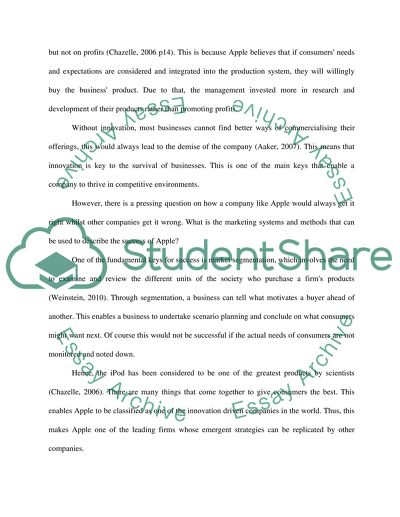Cite this document
(“Analysis of the Marketing Strategy of Apple Inc: 1997 2011 Essay”, n.d.)
Analysis of the Marketing Strategy of Apple Inc: 1997 2011 Essay. Retrieved from https://studentshare.org/marketing/1401213-analysis-of-the-marketing-strategy-of-apple-inc-1997-2011
Analysis of the Marketing Strategy of Apple Inc: 1997 2011 Essay. Retrieved from https://studentshare.org/marketing/1401213-analysis-of-the-marketing-strategy-of-apple-inc-1997-2011
(Analysis of the Marketing Strategy of Apple Inc: 1997 2011 Essay)
Analysis of the Marketing Strategy of Apple Inc: 1997 2011 Essay. https://studentshare.org/marketing/1401213-analysis-of-the-marketing-strategy-of-apple-inc-1997-2011.
Analysis of the Marketing Strategy of Apple Inc: 1997 2011 Essay. https://studentshare.org/marketing/1401213-analysis-of-the-marketing-strategy-of-apple-inc-1997-2011.
“Analysis of the Marketing Strategy of Apple Inc: 1997 2011 Essay”, n.d. https://studentshare.org/marketing/1401213-analysis-of-the-marketing-strategy-of-apple-inc-1997-2011.


